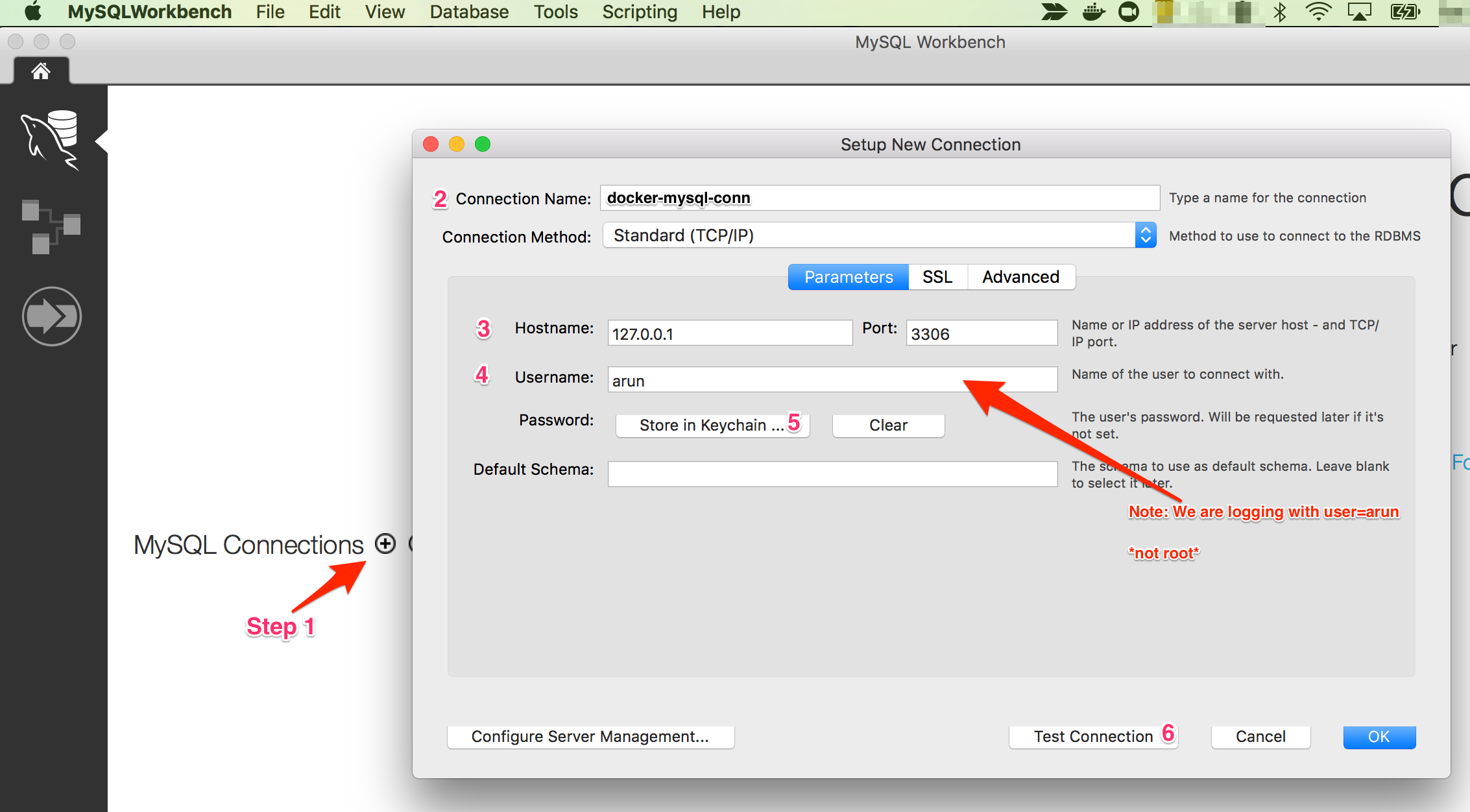

- Starting mysql database server mysqld docker mysql how to#
- Starting mysql database server mysqld docker mysql archive#
- Starting mysql database server mysqld docker mysql license#
- Starting mysql database server mysqld docker mysql download#
Server is ready for use, the STATUS of theĬommand changes from (health: starting) to The container initialization might take some time. Initialization for the container begins, and theĬontainer appears in the list of running containers when you runĬONTAINER ID IMAGE COMMAND CREATED STATUS PORTS NAMESĪ24888f0d6f4 mysql/mysql-server "/entrypoint.sh my." 14 seconds ago Up 13 seconds (health: starting) 3306/tcp, 33060/tcp mysql1 If the Docker image of the specified name and tag has not beenĭownloaded. With a Docker image downloaded from My Oracle Support, use thisĭocker run -name=mysql1 -restart on-failure -d mysql/enterprise-server:8.0 With a Docker image downloaded from the OCR, use this command:ĭocker run -name=mysql1 -restart on-failure -d /mysql/enterprise-server:8.0 To start a new Docker container for the MySQL Enterprise Server Support for server restart is available for MySQLįor example, to start a new Docker container for the MySQLĭocker run -name=mysql1 -restart on-failure -d mysql/mysql-server:8.0 Restart enabled, issuing a restart within a client sessionĬauses the server and the container to stop and then restart. Restart within a client session (which happens, for example, Policy for your container it should be set to the value The -restart option is for configuring the The -name option, for supplying a custom nameįor your server container, is optional if no container name is The image name can be obtained using the docker To start a new Docker container for a MySQL Server, use theĭocker run -name= container_name -restart on-failure -d image_name: tag Mysql/mysql-server latest 3157d7f55f8d 4 weeks ago 241MB Starting a MySQL Server Instance You can list downloaded Docker images with this command:
Starting mysql database server mysqld docker mysql archive#
zip archive to obtainĪnd then load the image by running this command:ĭocker load -i mysql-enterprise-server- version.tar The result list, select the version you want, and click To the container repository with your Docker client:
Starting mysql database server mysqld docker mysql license#
Need to first accept the license agreement on the OCR and log in
Starting mysql database server mysqld docker mysql download#
To download the MySQL Enterprise Edition image from the OCR, you To download the MySQL Community Edition image from the OracleĬontainer Registry (OCR), run this command:ĭocker pull /mysql/community-server: tag Refer to the list of tags for available versions on Image for the latest GA version of MySQL Community Server isĭownloaded. Omitted, the latest label is used, and the

Version you want to pull (for example, 5.6, Toĭownload the MySQL Community Edition image, run this command: Necessary however, performing this step before you create yourĭocker container ensures your local image is up to date. Subscriptions work by a Bring Your Ownĭownloading the server image in a separate step is not strictly
Starting mysql database server mysqld docker mysql how to#
In the next phase of this tutorial, you learn how to do it statically.Subscription is required to use the Docker images for MySQLĮnterprise Edition. This pod will request for storage (using Persistent Volume Claim) to a storage resource ( Persistent Volume).Ī Persistent Volume can be created statically or dynamically. Technically, you will create a Deployment that will manage a Pod running a container of a MySQL docker image, then you will create a Service that will permit access to the pod.



 0 kommentar(er)
0 kommentar(er)
